Sailendra Pattnayak

15th August 2021, while we were celebrating the 75th Independence Day of India and Prime Minister Modi’s call for the celebration of the year as ‘Amrit Azadi Barsh’; in our neighboring Afghanistan the Talibani force captured Kabul, the capital Afghanistan.
Immediately came to mind the horrendous acts of Taliban warlords firing from powerful canons at the mighty ancient Bamiyan Buddha figures in the mountains near Kabul, reducing them to rubles.
Why Buddha’s silent presence on the mountains of Bamiyan valley had created such terrible annoyance with the Talibani warlords! Probably the silent Buddha figures looking down calmly, a powerful symbol invoking certain perennial truth about human presence on earth!
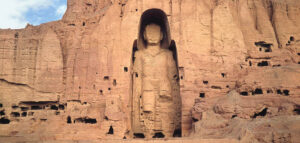
What and Why a Symbol…
The great master of psycho-analysis Carl Gustav Jung in his last book ‘Man and His Symbols’ says,“….a word or an image is symbolic when it implies something more than its obvious and immediate meaning. It has wider “unconscious” aspect that is never precisely defined or fully explained. Nor can to hope to define or explain it. As the mind explores the symbol, it is led to ideas that lies beyond the grasps reason.” British classical scholar H.W.Gorod had said that once upon a time when the world was fresh to man everything seemed symbolic and “….to name objects an inspiration, to speak was to be a poet.” And “…the power of seeing the truth of one’s experience or even some supra-intellectual Truth embodied as a symbol….as it is language of the soul.” Said the great Aurobindian scholar A.B.Purani.
In the News
During the week preceding to 15th August 2021, there has been two news items featuring in all the print and audio-visual media. One was of international importance, the Sixth Assessment Report of Inter- governmental Panel on Climate Change (IPCC). The other was of national importance, Gandhiji’s Sabarmati Ashram, in order to make it a “world-class tourist attraction” a budget of Rs. 1246 crore has been earmarked.
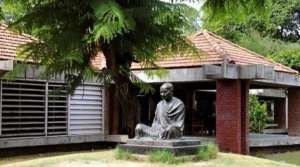
Are They Linked to Each Other?
The World Climate Change and Gandhi’s Sabaramati Ashram, these two apparently un-related matters from the prospective of a broader and deeper reality are not only deeply associated but also are intrinsically related as the two sides of the same coin.
The Inter-Governmental Panel of Climate Change(IPCC) constituted of 234 scientists from 195 countries made public its Sixth Assessment Report, the result of Eight years of deep scientific inquiry based on field studies and tests in laboratory situations, on 9th August 2021.
Releasing the report, COP-26 President Mr. Alok Sharma said in a statement: “The Science is clear. The impact of the climate crisis can be seen around the world and if we don’t act now, we will continue to see the worst effects impact lives, livelihoods and natural habitats. Our message to every country, government, business and part of society is simple. The next decade is decisive, follow the science and embrace your responsibility….”
The “responsibility” is to phase out all green-house gas emission activities such as air-conditioning and refrigeration, burning of fossil-fuels, also checking deforestation and forest firesso that zero green-house emission is achieved. Thus, our responsibility begins right now, this very moment and it includes all governments, businesses and individuals.
The Reality
Paradoxically most of the governments and business enterprises does not like and not prepared to give much importance to all this. And individuals because of their own reasons prefer to turn off their minds from it. It is true that during last thirty years or so for the majority of people it has been increasingly difficult to meet the day to day requirements of life. Again the climate crisis being global and gigantic in proportion and also unpredictability of its effects, whatsoever might be the extent of sacrifice of an individual there shall hardly be any visible impact or outcome. And then the individual always has the governments, the fate and the god to shift the responsibility and the blame.
Paradox of the paradox with its terrible cruelty is that as the earth losses the equilibrium, wind, water, fire in all their possible aspects and activities becoming more and more unpredictable, the consequences, the brunt will be immediately upon the poor residents of the earth. The rich will be able to acquire air-conditioners and all such gadgets, hoard food stuff and even move to safer places.
India in the Sixth Assessment Report of IPCC
The report is clear and emphatic about the changes and their consequences that we the residents of the earth are going to experience.
Extreme hot conditions will be increased, while cold extremes will drastically decrease all over the earth and particularly in the Asian subcontinent. As the result not only the heat-waves and humid- heat-stresses will become more intense but it will also intensify the water cycles effecting the rain-fall patterns and monsoon precipitation. So there shall be unpredictable floods and spells of drought effecting agriculture and horticulture. It will also cause melting of Himalayan glaciers bringing unwarranted floods in glacier-fed rivers.Sea-levels around Asia has been already rising faster than global average causing drastic coastal area loss.
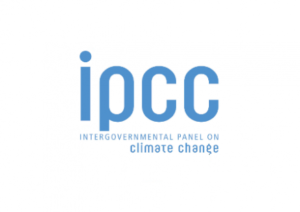
India with a 7,517 kms of coast-line, face significant threats from rising sea-level. Exposed to coast-line flood are the major ports and port-cities of India are Chennai, Kochi, Kolkata, Mumbai, Surat, Vishakhapatnam and Paradeep.
Tropical cyclones, we have been experiencing since last two decades, will be getting stronger and wetter, occurring more and more frequently.
Twentieth Century – The Century of ‘Extreme Progress’
20th Century could be called as the century of extreme progress. Irrespective of political believe and following, whether capitalist or communist, fascist or socialist, democratic or totalitarian, all have a single word mantra—‘progress’, ‘vikash’.
Progress is Synonym to Urbanization
With all third world countries, somehow or the other, progress has come to mean urbanization.
In 1960 less than one billion people in the world lived in urban areas. In subsequent fifty years it reached four billion. In India in 1960 the urban population was 22.3 crores but by 2020 it has crossed fifty crores.
In Asian countries industrialization in real sense began only after 1960 with the process of ‘technological diffusion’, as the developed countries of the West began to dole out the dated machineries and technologies to third-world countries.
Around same time Chairman Mao gave his call to the people of China to wage ‘War on Nature’. In India Prime minister Neheru glorified big dams and mammoth factories as temples of modern India.
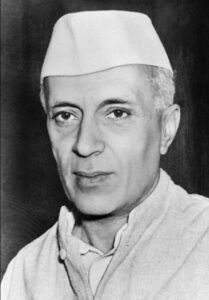
Prime Minister Neheru in the beginning of his career tacitly and afterwards openly discarded Gandhian mode of economy and society. Technology driven socialistic democracy, an amalgamation of capitalistic democracy of USA and mega-project oriented Soviet Russia was his model of progress.
Nevertheless the success of Prime-Minister Neheru’s model depended upon the sincerity and honesty of his country-men as it was public-sector driven. But Neheru himself was disillusioned by the Gandhian model as Indian public immediately after independence had become more or less self-centered and even cynical of any collective ideal. As if there was a Gandhian magic but it was no more there after the Independence.
At last, Prosperity Comes to the Indians…
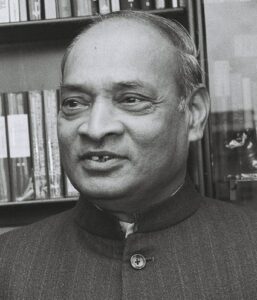
In spite of all the policy, programme and endeavors real economic growth did not happen to India until 1990. When prosperity began to come to the middle-class Indians, it was not due to any socio-economic-political creativity or ingenuity but because the economic order in the western developed countries was changing to global free market based upon consumerist economy of corporate sector.
Prime-minister Narasimha Rao opened up India to embrace the free market economy in 1991. For this he had to mortgage 67 tons of gold in Switzerland Bank of England and availed sixty crores of American Dollars.
(The author is a poet, spiritualist and development professional)






















